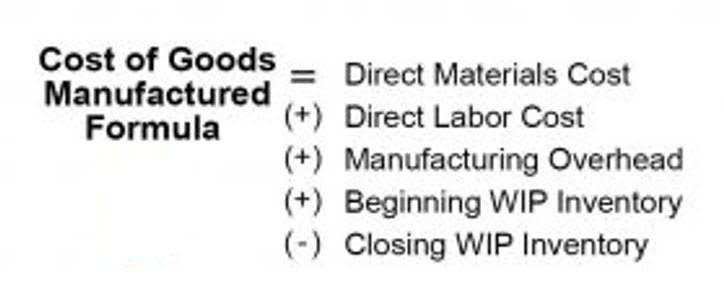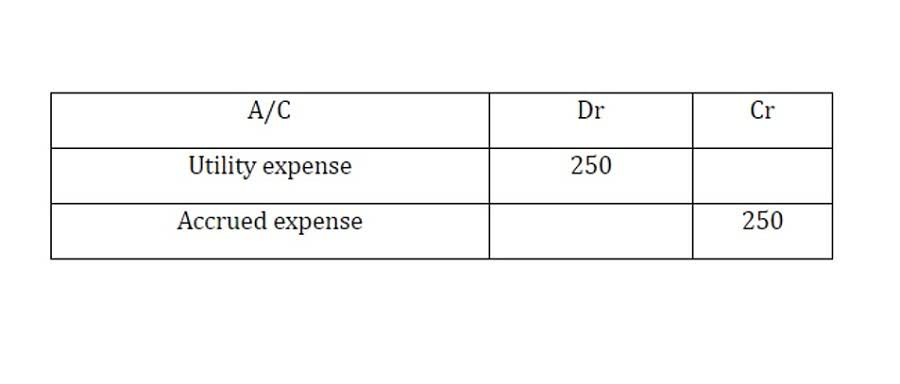We manage each asset with the long-term in mind, treating each property as if we owned it directly. Understanding that each client is different, we offer an adaptable asset management approach. We bring national procurement buying power, and we prepare quarterly projections and financials that include capital asset preservation recommendations and return on investment calculations. For affordable housing clients, we minimize financial risk by conducting monthly, quarterly, semi-annual and annual audits to ensure compliance requirements are achieved and maintained. Preserving both the physical asset from a financial and compliance perspective is what sets WinnResidential apart. Since it’s an exclusive community, Punjab Government Servant Housing Foundation is one of the safer locations of Rawalpindi where you can invest your money.
Marla Double Storey Luxurious House For Sale In Bahria Town Phase-8 Sector-A
We offer a broad continuum of care that includes comprehensive residential treatment and intensive outpatient services with PHP, IOP, and virtual treatment options. For over a quarter of a century, Pasadena Villa has delivered person-centered, evidence-based mental health treatment with care and compassion. Today, we continue to meet clients where they are in their recovery journeys, with specialized programs tailored to help them thrive.
UNDERWRITING AND DUE DILIGENCE SERVICES
We offer individualized treatment programs for mental health conditions, autism spectrum disorder, and co-occurring addictions with private pay and in-network options. This housing scheme is equipped with electricity, gas, and water connections. However, the supply can be affected in case of a regional or national shortage or emergency. Residents can enjoy their leisure time at the Army Museum and Ayub National Park, located at a little distance. Mosques are yet to be developed in PGSHF Rawalpindi but residents can offer prayers in nearby areas like Askari 7 mosque.
Left and right arrows move across top level links and expand / close menus in sub levels. Up and Down arrows will open main level menus and toggle through sub tier links. Tab will move on to the next part of the site rather than go through menu items. The house is on prime location fanta5yvilla bedroom attach bathrooms 15 carparkings big garden ideal for guest house or restaurent…. 5 Marla plotMain boulevard prime location, next to petrol station and five… 5 Marla double story house with mumty, Ready Grey Structure, A+ construction,…
- Their personal attention and guidance will help you make informed decisions through every step of the lending process.
- Left and right arrows move across top level links and expand / close menus in sub levels.
- The Mile High state encompasses everything from vibrant communities to scenic landscapes making our apartments in Denver, Colorado perfect for luxury-minded, outgoing personalities.
Marla Double Unit Designer House For Sale In Bahria Town Phase-8
Through our WinnGreen initiative, we are proud to be a national leader in green development and the utilization of renewable energy. Our innovative approaches to sustainability are recognized throughout the multifamily industry and our award-winning green projects demonstrate our commitment to excellence — and to the planet. Green Building Council’s LEED for Homes and Enterprise Green communities, as well as Energy Star ratings, all of our acquisitions rehabs and new developments embrace sustainability principles and integrate the best solutions. WinnResidential has grown by earning a national reputation for excellence over three decades, ranking one of the top ten largest multifamily manager in the United States, as well as one of the largest manager of affordable and privatized military housing. Interested in working at a company that recognizes our strentgh derives from the unique talents, experiences, and authentic voices of our team members? The following navigation utilizes arrow, enter, escape, and space bar key commands.
Supporting our communities
Immersive treatment and skill-building for adults with autism spectrum disorder, set on a 25-acre farm in the Smoky Mountains. Our admissions experts gather essential information to begin the assessment process and walk you through our flexible payment options. From development to operations, WinnCompanies embraces environmentally responsible decisions.
Talking about real estate opportunities in this city, if you’re looking for residential plots, then you must explore the Punjab Government Servant Housing Foundation (PGSHF). Our residential psychiatric treatment takes place in therapeutic, home-like settings that promote well-being, recovery, and personal growth. Pasadena Villa also offers partial hospitalization programs, intensive outpatient programs, and outpatient services at locations throughout the nation.
- Mosques are yet to be developed in PGSHF Rawalpindi but residents can offer prayers in nearby areas like Askari 7 mosque.
- We take pride in revitalizing historic, landmark and ordinary buildings into extraordinary living experiences.
- For the remainder of our residential customers, your service will be delayed by one day for the rest of the week.
Christmas Day 2025
Intensive residential treatment for adults with a range of psychiatric conditions, with spacious areas for communal gatherings, outdoor courtyards for quiet reflection, and a fitness center. Compassionate residential treatment for adults with complex psychiatric disorders, located in the beautiful Smoky Mountains of East Tennessee. Our mental health treatment addresses a wide range of disorders, including depression, anxiety, PTSD and trauma, bipolar disorder, schizophrenia, and other psychotic disorders.
Whether you’re looking for home health, palliative care, or hospice services tailored to specifically meet your needs or simply looking to make a meaningful impact as a healthcare professional, Residential is leading the way in home-based healthcare. We combine cutting-edge technology with top clinical talent to deliver exceptional, patient-centered care. Residential Waste Systems is a family-owned business that specializes in residential trash & recycling removal in Monroe, Trumbull, and Easton CT. We also provide dumpster rentals of all sizes for renovations, bulk clean-outs, junk removal, and other large jobs.
On a mission to positively impact our patients and their families and inspire a renewed sense of hope and confidence by providing exceptional home health, palliative, and hospice care. Make quick payments online, enter service requests, view your resident request history and more. From the San Francisco Bay Area to the San Fernando Valley and Los Angeles to San Diego, IMT Residential offers luxury apartment living in some of the most desirable locations across the Southern California area.
Browse Commercial Plots

Judicial Town is a society designed exclusively for people who choose to live… If you’re looking to buy or sell property, get in touch with us. Moreover, since the city is the headquarters for the Pakistan Army and Airforce, it is safe to live here.
For this reason, there are many opportunities for new development schemes in this region. Moreover, with the boom in population, the prices of properties are increasing each day. With the inception of Metro Bus services, residents have been provided ease in terms of transportation as they no longer need to pay a hefty amount to travel from one corner of the city to the other. There are several schools in Rawalpindi that are providing quality education.
A distinctive approach to mental health care
Grammar School Rawalpindi, Beaconhouse School System, Siddeeq Public School, and Froebel’s International school are a few famous educational institutes in Rawalpindi. Rawalpindi popularly referred to as the twin city of Islamabad, is the fourth largest city of Pakistan, with regards to population. It still retains its identity of a major military area as the headquarters of Pakistan Army is located here. By accepting Service, Customer agrees to continue the Service for the billing period at the billed rate. If Services are suspended or terminated by either party, Customer understands and agrees that WD will not refund, pro-rate, or residential return any amounts previously paid by Customer in advance of pre-paid services, unless such refund is required by law or regulation.
![]()
![]()
![]()






